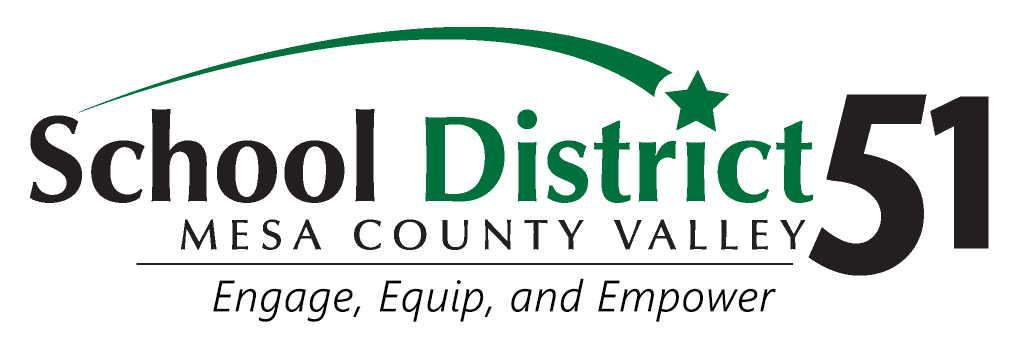
Mesa County Valley School District 51 administers Panorama student screener and SEL survey; provides resources to teachers to implement LGBTQ themes into class material starting in Kindergarten
Incidents
- Issues
- Sex and Gender
On February 1, 2022, the Board of Education for Mesa County Valley School District 51 updated the district’s “Equal Educational Opportunities” policy. This policy now includes reviewing and possibly altering the curriculum and material taught in schools if perceived “discriminatory bias” is found. With the policy, the Board of Education directed the school district’s superintendent to monitor the following areas:
- Curriculum and materials – review curriculum guides, textbooks, and supplemental materials for discriminatory bias.
- Training – provide training for students and staff to identify and alleviate problems of discrimination.
- Student access – review programs, activities, and practices to ensure that all students have equal access and are not segregated except when permissible by law or regulation.
- District support – ensure that District resources are equitably distributed among school programs including but not limited to staffing and compensation, facilities, equipment, and related matters.
- Student evaluation instruments – review tests, procedures, and guidance and counseling materials for stereotyping and discrimination.
- Discipline – review discipline records and any relevant data to ensure the equitable implementation and application of Board discipline policies.
On January 18, 2022, the Board of Education also updated the school district’s “Equal Opportunity Employment” policy. The Board of Education appears to have added “gender identity” and “gender expression” to the protected class of potential employees. This policy also has a section called “Affirmative Action” that explains the school district will use a potential employee’s minority status as a key determining factor in the hiring process:
District 51 will make a determined effort to recruit, employ and promote qualified members of groups currently underrepresented in the District’s work force. Since availability is a key determinant in attracting and employing minority personnel, the District shall use either the percentage of minority personnel available in the respective employment category based on national statistics as a guide or the percentage of the minority group of students enrolled in the District the preceding year, whichever is less.
The school district’s strategic plan is separated into several documents titled “Welcome,” “What We Heard,” “Graduate Profile,” “Strategic Focus Areas,” “Prepared and Supported Students,” “Prepared and Supported Staff,” “Engaged and Supportive Community Partners,” and “Strategic Plan Pledge.” The “Prepared and Supported Students” page explains that the school district uses a “student Panorama survey” to measure “disaggregated groups.” The school district explains:
District 51 staff administer and review the Panorama student screener and social emotional learning survey tool annually. This tool will support our district team to consistently monitor student perception of their sense of belonging and social emotional skill development aligned with the D51 Graduate Profile and CASEL Skills.
The school district continues to explain that it “will disaggregate this data to assess the needs and progress of subgroups across our district including special education status, race, gender identity, and free and reduced lunch status.” The school district states that the data will be used to train educators in creating “culturally responsive environments” and in implementing Social Emotional Learning (SEL). The term “culturally responsive” is often used to describe a method of teaching that includes the race and ethnicity of students as part of the lessons taught in classrooms. The school district appears to be partnering with Panorama Education Inc. and CASEL to implement SEL.
Panorama Education is known for helping schools throughout the country survey the race, ethnicity, sexual orientation, and gender identity of students in an effort to push “equity and inclusion” in school systems. The organization offers an “Equity and Inclusion Survey” to “help schools and districts track the progress of equity initiatives through the lens of students and staff, identify areas for celebration and improvement, inform professional development, and signal the importance of equity and inclusion to the community.”

CASEL is an organization that works with school districts throughout the country to use SEL in an effort to push “equity” and “social justice” in education. On July 1, 2020, CASEL promoted “racial justice” in discussing its roadmap for reopening schools during the COVID-19 pandemic. In explaining the importance of the reopening process for schools, the organization stated that “this moment called on all members of our school communities to deepen our social and emotional competencies and create equitable learning environments where all students and adults process, heal, and thrive.” CASEL also published a video in 2020 titled “SEL As a Lever for Equity and Social Justice.”
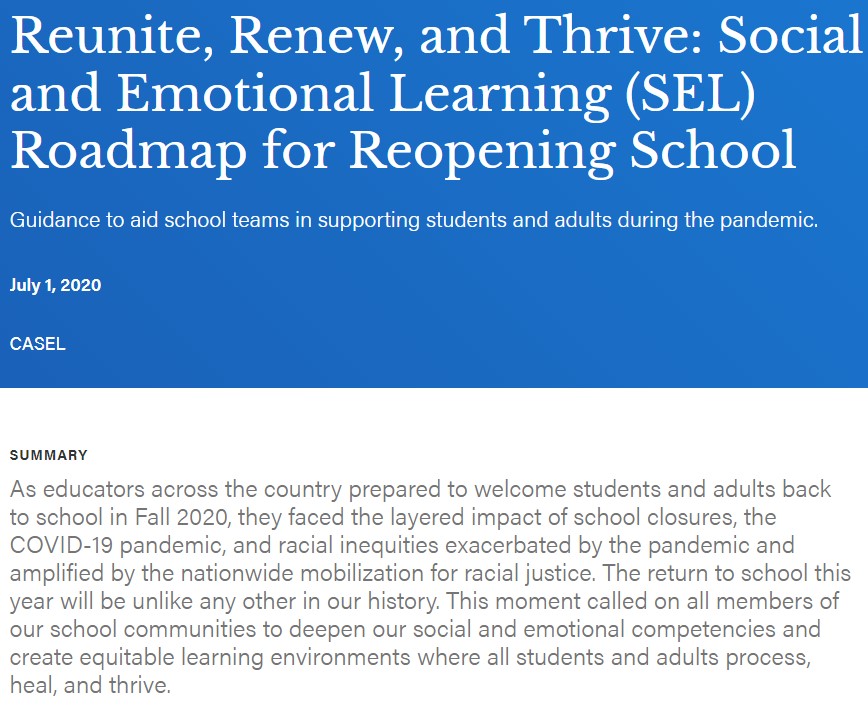
The school district has a page on its website dedicated to SEL. Both CASEL and Second Step are promoted on the page with the school district mentioning that Second Step is used as the district’s “SEL curriculum.” Second Step states on its website that the organization is “committed to addressing racial injustice and helping you drive real change in your school communities.” The organization also provides resources for educators to implement equity into the classroom. Two of the resources that Second Step offers are called “Talking to Kids About Racial Identity” and “Starting in the Classroom.”
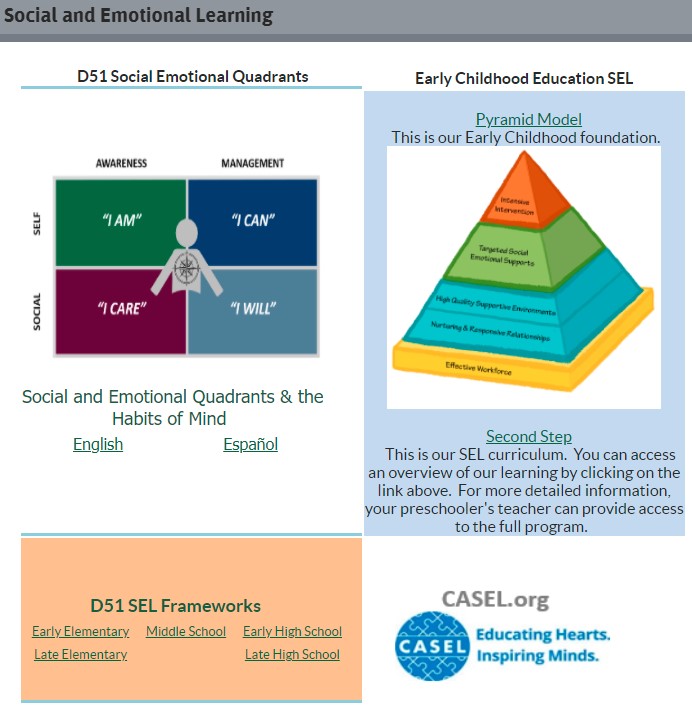
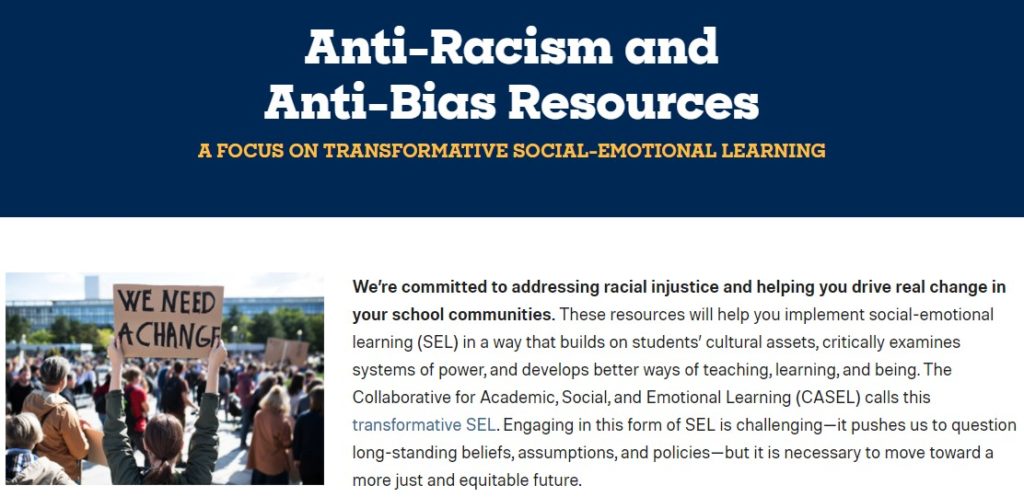
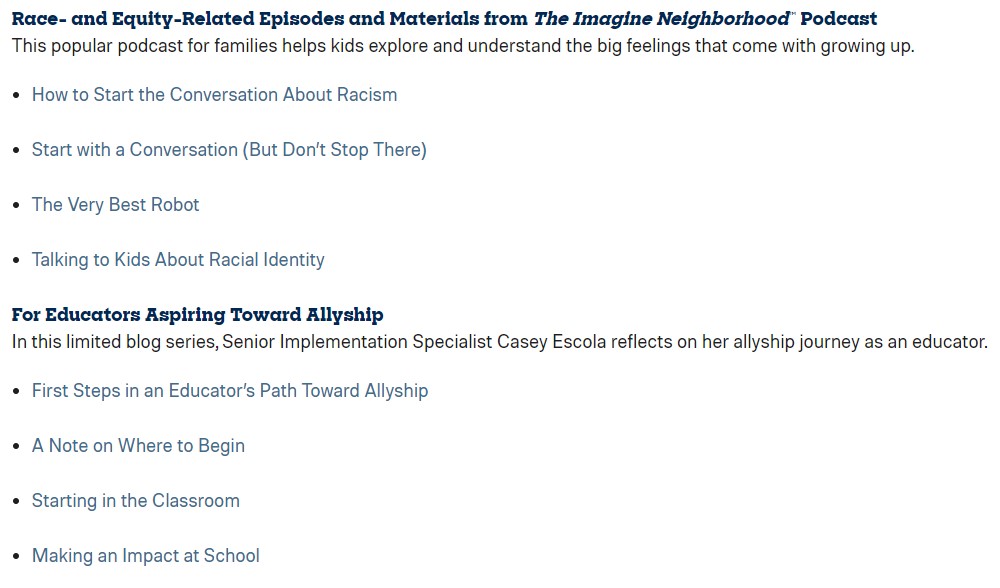
Second Step is operated by the group Committee for Children. The group states on its website that SEL “is fundamental to achieving social justice.” Committee for Children also has a policy brief document on its website titled “SEL and Racial Equity.” This policy brief advocates teaching “anti-racist education” and “black studies” in what appears to be an attempt to turn students into political activists. The policy brief specifically mentions that “social justice education can also promote equity across social identity groups, fostering a critical lens and encouraging social action.”

The school district has a page on its website celebrating “LGBTQ+ Pride Month” with the motto “This Is a Safe Space.” The school district states that “encouraging greater acceptance and support for all youth, including those who are or are perceived to be LGBTQ, will make communities, schools, and other settings safer, better places for all youth.” Resources on the page include a video titled “This Man Became the First Openly Gay Bishop in America” and an article titled “25 Celebrity Parents Who Love and Support Their LGBTQ Kids.”
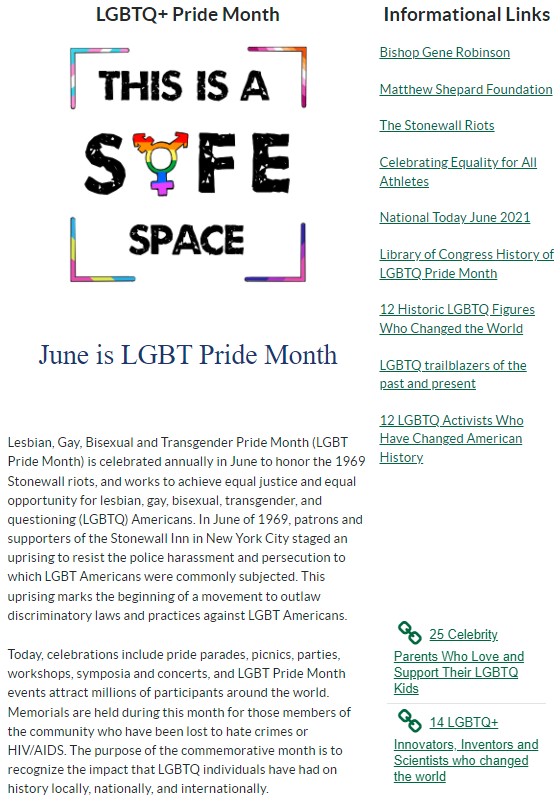
The school district also has LGBTQ resources specifically for teachers on the website. These resources include lists of LGBTQ books aimed at children as young as pre-kindergarten. These resources are labeled “15 Great New LGBTQ Middle Grade Books,” “30 Essential LGBT+ Books for YA Readers,” “Books with LGBT Character for Grades PreK-3, Grades 4-7, Grades 9 and up,” “Diverse Children’s Books to Support LGBTQ Inclusive Elementary Schools,” and “Teaching LGBTQ History.” Many of the books in these lists include stories of young children transitioning to another gender. Another resource on the page for teachers is labeled “Transgender Student Support Action Plan,” but public access is blocked for this document.
In the category “15 Great New LGBTQ Middle Grade Books,” the book The Moon Within is promoted. In describing the book, the linked resource explains that “Celi Rivera’s coming of age story features her first period, her first attraction to a boy, and her best friend coming out as genderfluid, then identifying as a boy named Marco.” In the resource labeled as “Books with LGBT Character for Grades PreK-3, Grades 4-7, Grades 9 and up,” the books I Am Jazz and Gracefully Grayson are listed. Both books feature young children transitioning to another gender.



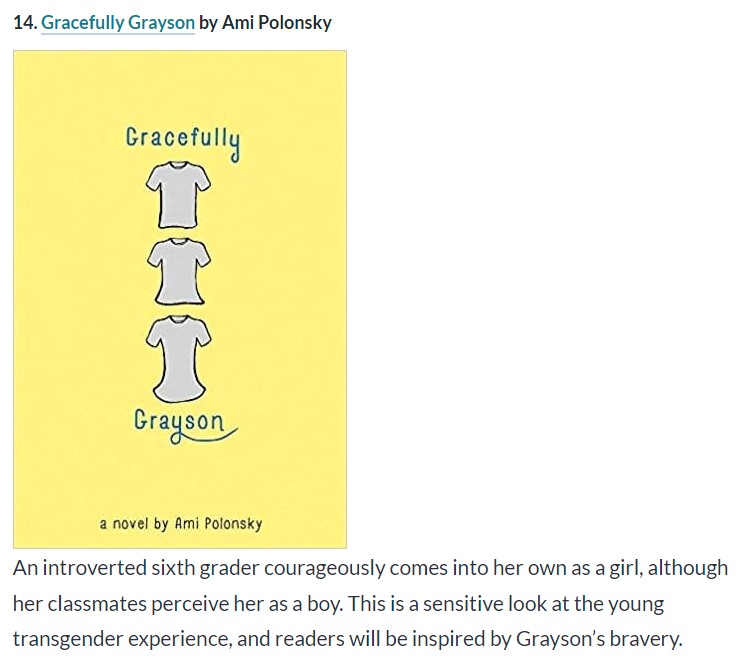
The school district’s website has a “Teaching and Learning” page that links to the Colorado Department of Education’s website. One of the content areas on the website is labeled “Reading, Writing, and Communicating.” This content area features a link to “Anti-Racism Education” resources for educators. The Colorado Department of Education explains that “this list of resources centers around raising the critical consciousness of both students and educators through closely reading, writing, and communicating about the inequities in everyday social, environmental, economic, and political situations.” Books listed in this resource include How to Be an Antiracist, So You Want to Talk About Race, and The Next American Revolution: Sustainable Activism for the Twenty-First Century.

Stay Informed
